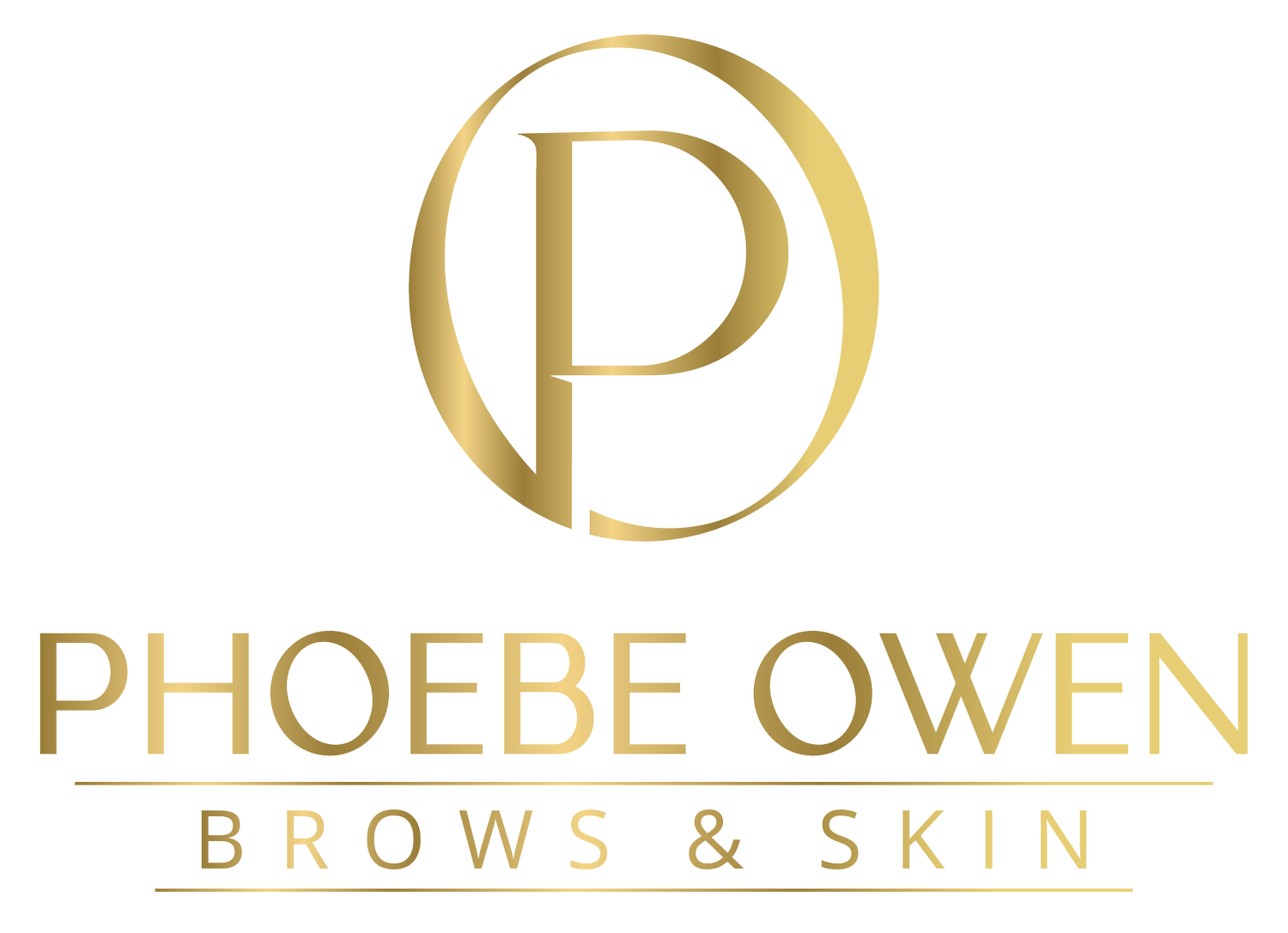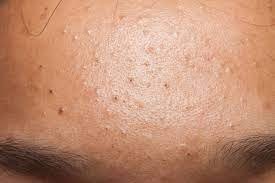Understanding Acne
Unveiling the Common Skin Struggle
Welcome to our comprehensive guide on acne, a widespread skin condition that affects millions of individuals worldwide. Acne is more than just a superficial concern; it can significantly impact self-esteem and overall well-being. In this informative resource, we delve into the intricacies of acne, exploring its various types, causes, and effective management strategies.
Acne is a skin disorder that arises when hair follicles become clogged with oil and dead skin cells, leading to the formation of pimples, blackheads, and whiteheads. It is a common occurrence during adolescence but can persist into adulthood, affecting people of all ages and skin types. The emotional toll of acne goes beyond its physical manifestations, often influencing social interactions and confidence levels. In this guide, we'll break down the different types of acne, ranging from mild to severe, and provide insights into the factors that contribute to its development. From hormonal fluctuations to genetic predispositions and lifestyle choices, understanding the root causes is crucial for effective prevention and treatments.
Acne can be influenced by a variety of internal factors, and understanding these underlying issues is crucial for effective management. Here are some common internal factors that can contribute to the development of acne:
Hormonal Imbalances:
Fluctuations in hormone levels, especially during puberty, menstruation, pregnancy, and menopause, can contribute to the development of acne. Androgens, a type of male hormone present in both males and females, can stimulate the sebaceous glands to produce more oil, leading to clogged pores and acne.
Genetics:
Family history plays a role in acne development. If your parents or siblings had acne, there may be a genetic predisposition that influences your likelihood of experiencing it as well.
Stress:
High-stress levels can trigger hormonal changes, leading to an increase in oil production and inflammation, which can exacerbate acne. Managing stress through relaxation techniques, exercise, and a healthy lifestyle can be beneficial.
Dietary Factors:
While the link between diet and acne is complex and varies among individuals, some studies suggest that certain foods with a high glycemic index or dairy products may contribute to acne development in some people.
Digestive Health:
Issues with digestion and gut health can impact the balance of bacteria in the digestive system. An imbalance in gut flora may contribute to systemic inflammation, which can, in turn, influence the skin and contribute to acne.
Medications:
Some medications, including certain contraceptives, corticosteroids, and antiepileptic drugs, can contribute to acne as a side effect. Consult with a healthcare professional if you suspect your medication may be affecting your skin.
Polycystic Ovary Syndrome (PCOS):
In women, PCOS can lead to hormonal imbalances, particularly elevated androgen levels, which may contribute to the development of acne.
Environmental Factors:
Exposure to certain environmental pollutants and irritants can contribute to skin inflammation and worsen acne. Protecting your skin from
Understanding Acne Inflammation: Unveiling the Skin's Immune Response
One of the key aspects that characterize acne is inflammation, a natural response of the body's immune system to the presence of bacteria and debris within hair follicles. When these follicles become clogged with a combination of excess oil, dead skin cells, and sometimes bacteria like Propionibacterium acnes, the immune system kicks into gear, triggering inflammation.
This inflammatory process manifests in various ways, contributing to the classic symptoms of acne. The affected areas often exhibit redness, a result of increased blood flow to the site as part of the immune response. Swelling occurs as the body attempts to combat the intrusion of foreign substances, leading to the characteristic puffy appearance associated with acne.
The inflammatory response may also induce pain, creating discomfort for individuals dealing with acne. Cysts, whiteheads, blackheads, and congestion are all visible manifestations of the underlying inflammation. Cysts, in particular, are deep, painful lumps beneath the skin's surface, while whiteheads and blackheads represent different forms of clogged pores.
It's important to note that the healing mechanisms of the skin cannot effectively initiate until the inflammation is addressed. While the immune system's response is crucial for combating the initial threat, it can inadvertently contribute to the persistence and severity of acne. Understanding the inflammatory nature of acne is key to developing targeted skincare routines and treatment plans aimed at reducing inflammation, promoting healing, and restoring the skin's natural balance.
The Three Main Categories of Acne
Non-Inflamed Acne
Non-inflamed acne refers to a type of acne where there is a lack of significant inflammation in the affected areas. This form of acne primarily involves the formation of comedones, which are plugged hair follicles. There are two main types of non-inflamed acne lesions
Blackheads (Open Comedones): These occur when the hair follicle is open, and the trapped sebum (skin oil) and dead skin cells are exposed to air. The oxidization process results in a dark or black appearance.
Whiteheads (Closed Comedones): These occur when the hair follicle is closed, trapping sebum and dead skin cells beneath the skin's surface. Whiteheads appear as small, flesh-colored or white bumps.
Inflamed
Inflamed acne refers to a more severe form of acne characterized by the presence of inflammation in the affected areas. Inflammation occurs when the hair follicles become clogged with excess oil, dead skin cells, and bacteria, leading to a heightened immune response. This inflammatory process results in visible symptoms such as redness, swelling, and discomfort. There are several types of inflamed acne lesions, each with its distinct characteristics:
Papules: Small, raised, red bumps on the skin. Typically tender to the touch.
Pustules: Similar to papules but with a white or yellowish center, indicating the presence of pus. Often visible on the surface of the skin.
Nodules: Large, solid, painful lumps beneath the skin's surface. Deeper and more severe than papules and pustules. Can lead to scarring.
Cysts: Deep, inflamed, pus-filled lesions. Larger and more severe than nodules. Can be painful and are associated with a high risk of scarring.
Combination
Combination acne refers to a situation where an individual experiences more than one type of acne simultaneously. This could involve a combination of non-inflamed and inflamed acne lesions on the skin. The term is used to describe a diverse range of acne presentations rather than a specific subtype.
The Acne Bootcamp Program
Welcome to our Acne Bootcamp, where we've crafted a personalized plan using top-notch clinical-grade products and specialized treatments spaced two weeks apart, ensuring your skin gets the attention it deserves. Throughout this journey, we'll empower you with knowledge about potential triggers like diet, medications, cosmetics, stress, and pore-clogging skincare ingredients. What sets us apart is our holistic approach – this program isn't just about products and treatments; it's a comprehensive guide to making lifestyle changes that promote clear, healthy skin. Your path to radiant skin begins with us!





